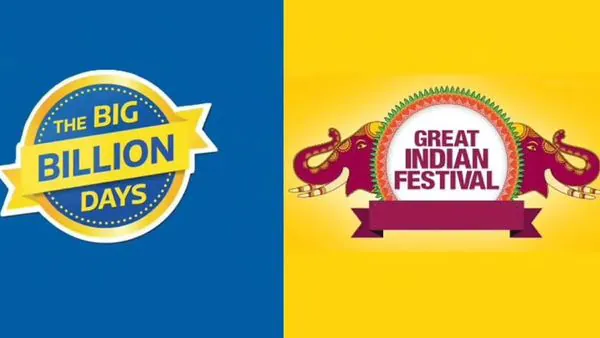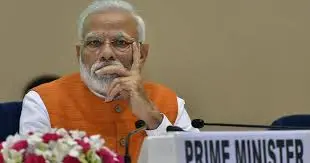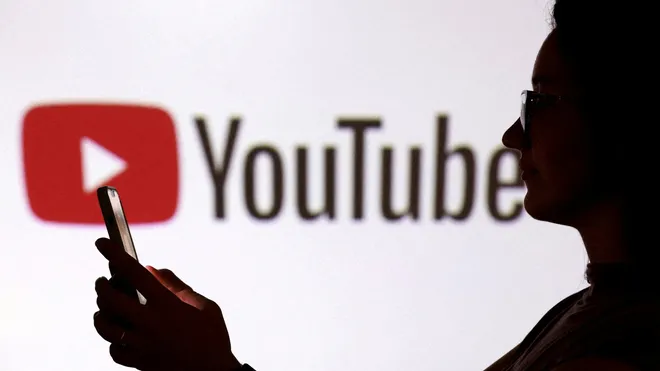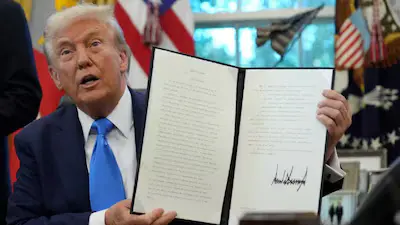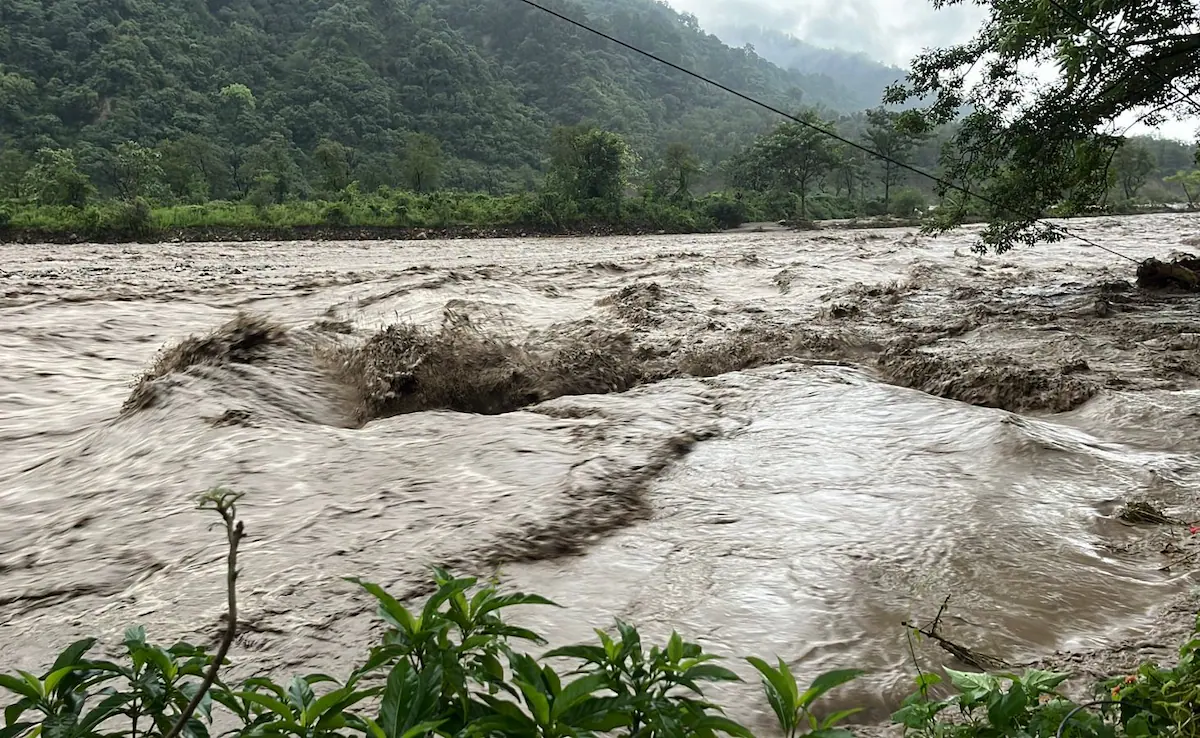Why ANI is Facing a Growing Boycott from Creators Over Copyright Strikes
In the fast-evolving world of digital content, creators often rely on news clips and factual footage to comment, inform, and educate their audience. However, when that line blurs between fair use and copyright infringement, things can turn ugly—fast.
That’s exactly what’s happening right now in India, as Asian News International (ANI), a leading news wire agency, finds itself in the middle of a massive backlash. Content creators, especially on YouTube, have started boycotting ANI, accusing the agency of weaponizing copyright laws to silence or threaten digital voices.
So what exactly led to this boycott? Let’s unpack the story.
ANI’s Recent Legal Actions Spark Controversy
In the past year, ANI has filed multiple lawsuits claiming unauthorized use of its content across platforms big and small. These lawsuits include:
1. PTI vs ANI: A Fight Between News Giants
In July 2024, ANI filed a ₹2 crore lawsuit against Press Trust of India (PTI), alleging PTI reused ANI’s footage showing a SpiceJet aircraft’s AC breakdown. ANI demanded monetary damages and a permanent ban on using its media.
2. Netflix Under Fire
In September 2024, Netflix was dragged into the legal arena. ANI accused the streaming platform of using its archived footage without permission in the docu-drama IC 814: The Kandahar Hijack. Footage involving high-profile figures like Atal Bihari Vajpayee and Masood Azhar allegedly appeared without ANI’s authorization. The agency called it brand tarnishment and asked for episodes to be removed.
3. OpenAI Lawsuit Over AI Training
In a groundbreaking case, ANI sued OpenAI, claiming its news content had been used to train AI systems, including ChatGPT, without approval. ANI also alleged that the AI tool falsely attributed made-up statements to it, damaging its credibility. The Delhi High Court issued summons to OpenAI in response.
While each of these legal actions is different, the underlying theme remains the same: ANI is cracking down hard on how its content is reused—by anyone, anywhere.
YouTube Creators Feel the Heat
The tipping point came when ANI started issuing copyright strikes on YouTube, targeting creators who used its footage, even in fair use contexts like news commentary, reaction videos, or educational analysis.
According to multiple reports, creators were given two choices:
-
Pay hefty retrospective licensing fees (ranging from ₹15 lakh to ₹40 lakh), or
-
Risk getting their channel terminated after three strikes within 90 days.
This aggressive enforcement left many feeling trapped. A YouTube strike doesn’t just affect one video—it threatens a creator’s entire livelihood. With limited financial resources and legal know-how, smaller channels have little defense against large organizations like ANI.
Why Are Creators Boycotting ANI?
In response, digital creators have launched a boycott against ANI, encouraging others to avoid:
-
Using ANI footage
-
Quoting ANI in content
-
Sharing ANI articles or links
The movement gained traction with support from independent journalists, educators, and legal advocates who argue that ANI is misusing copyright claims to suppress fair use.
Their Key Concerns:
-
Misuse of YouTube’s strike policy to force settlements
-
No clear distinction between fair use and piracy
-
Fear-driven environment for creators trying to stay legally safe
-
Potential suppression of critical or alternative reporting
For many, this boycott isn’t just about ANI. It’s about standing up for digital freedom, content creator rights, and the future of independent media.
What's at Stake Legally?
These legal confrontations—especially against companies like Netflix and OpenAI—could shape how copyright laws evolve in India.
If ANI wins, traditional media houses might feel empowered to block any form of content reuse, including reaction videos or commentary. On the flip side, if courts push back and side with fair use principles, it could lead to greater protections for digital content creators.
Either way, these cases are setting the tone for how intellectual property, digital creativity, and journalism coexist in India’s legal framework.
A Fragile Balance Between IP Protection and Censorship
Nobody denies the right of a media agency to protect its intellectual property. But critics argue that ANI’s method of enforcing those rights—through aggressive takedown notices and high-fee demands—is pushing the envelope too far.
What’s the difference between protecting your content and silencing criticism or competition? That’s the line ANI is accused of crossing.
As creators continue to boycott ANI, the media industry is watching closely. Platforms like YouTube, legal experts, and even consumers are beginning to reconsider what constitutes fair use and how to balance innovation with protection.
Final Thoughts: What Can Creators Do?
If you’re a digital content creator:
-
Avoid ANI content unless you have clear, documented permission
-
Understand your fair use rights under Indian copyright law
-
Use public domain or government press content wherever possible
-
Support platforms and creators that promote ethical, balanced reporting
The ANI boycott is more than a trending hashtag—it’s a wake-up call. In the age of information, freedom and fairness must coexist. When they don’t, movements like this one will only grow louder.



